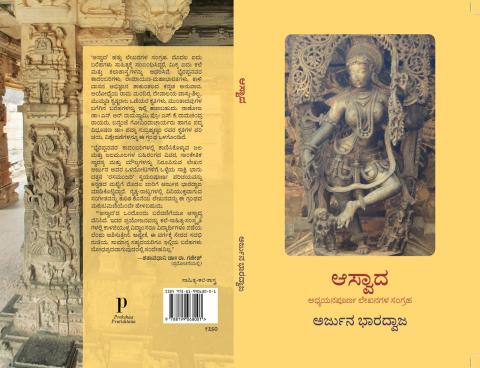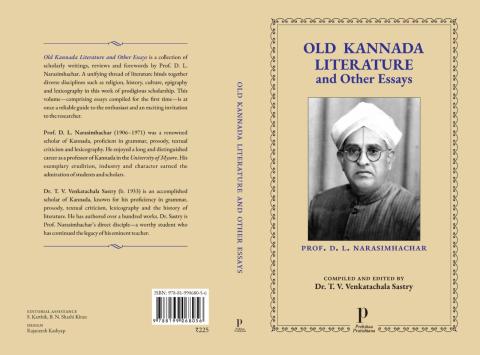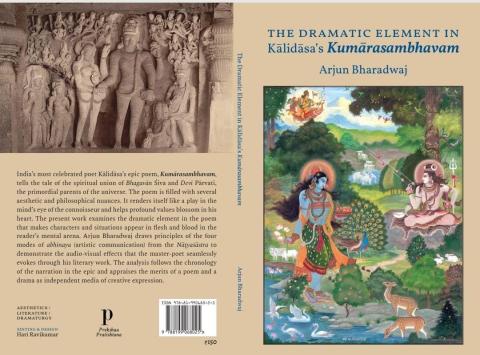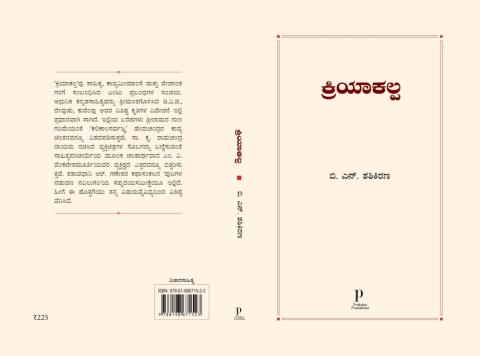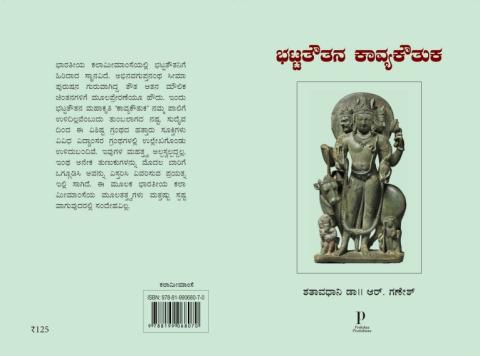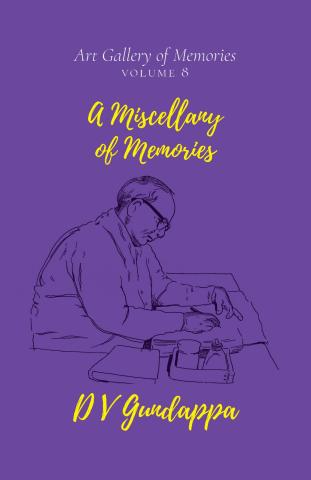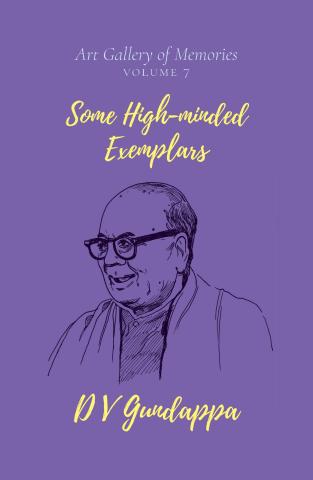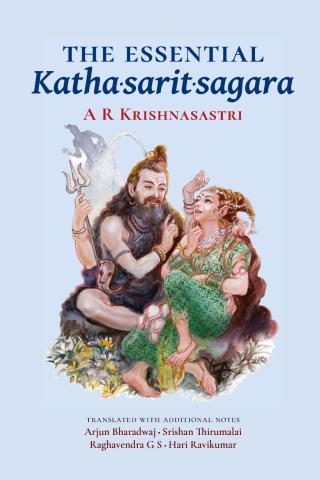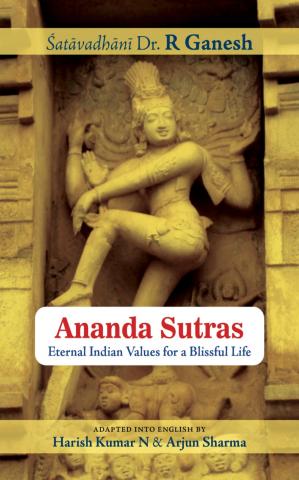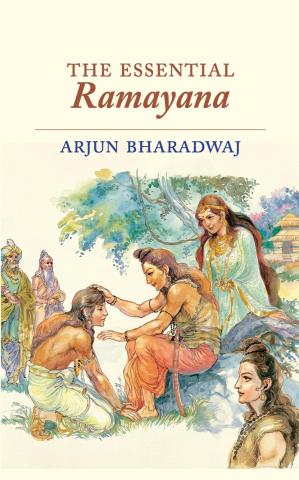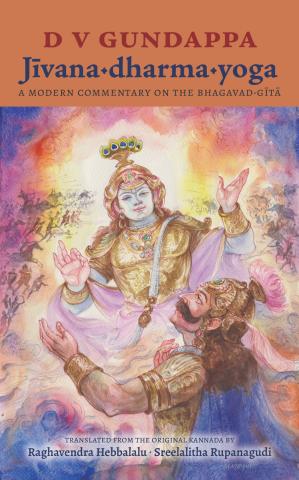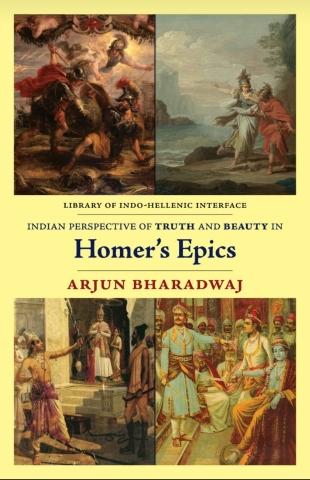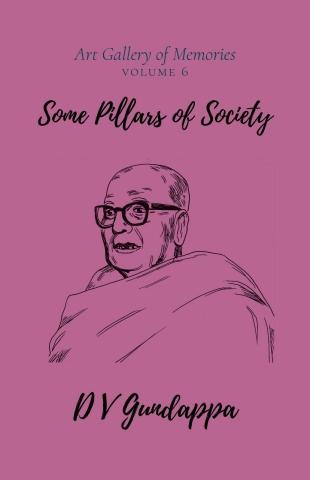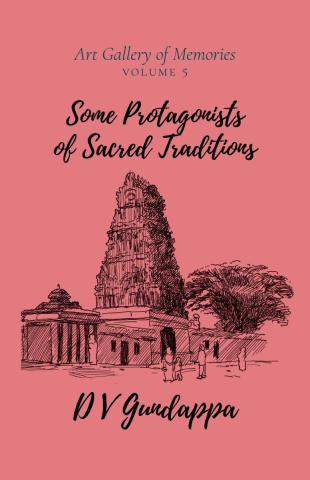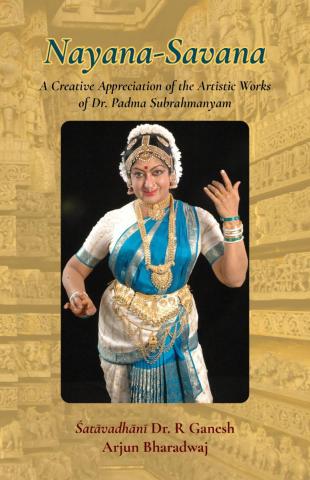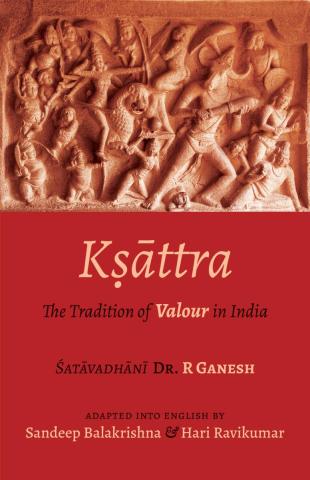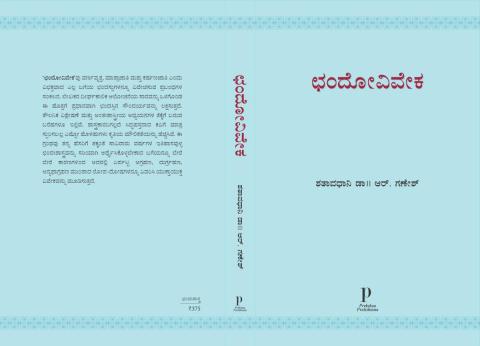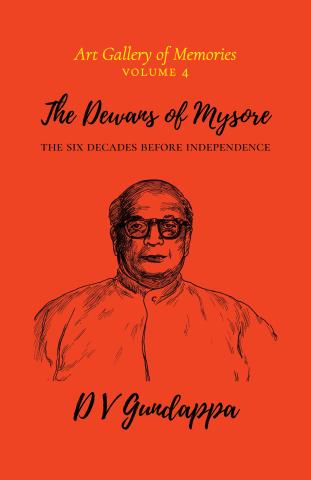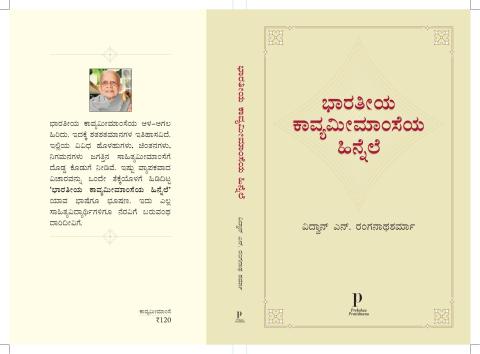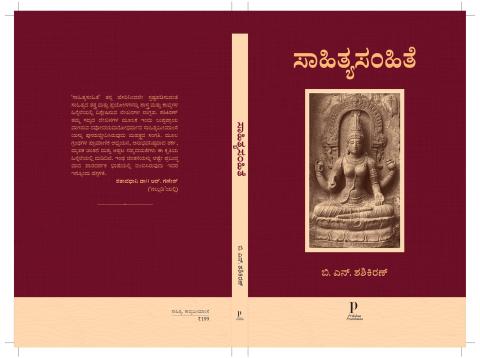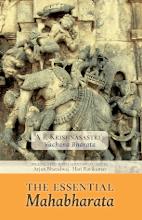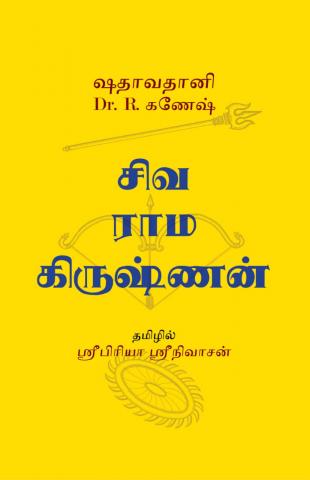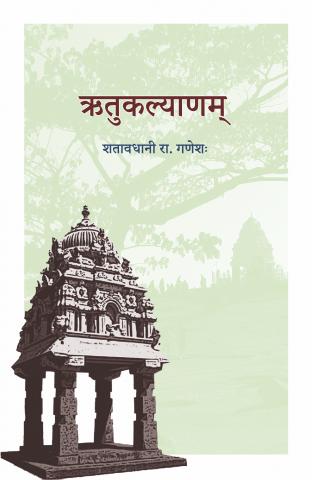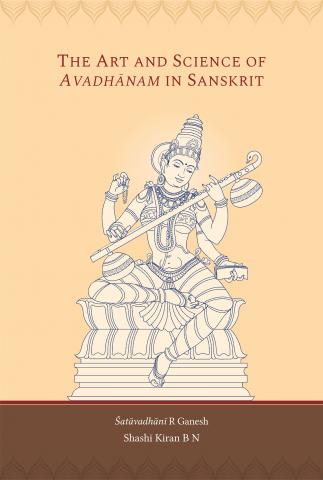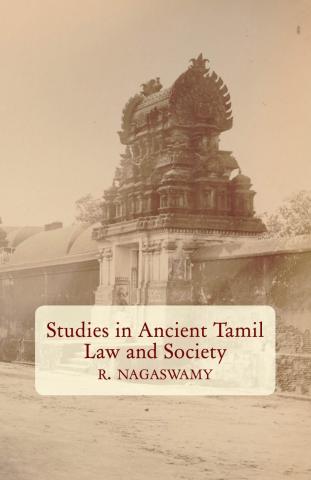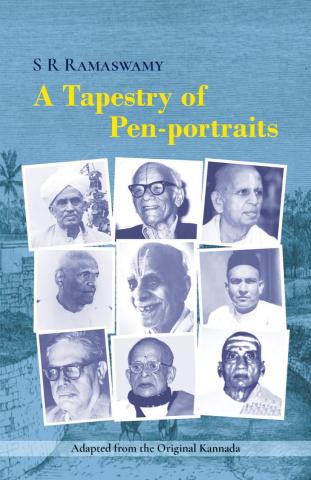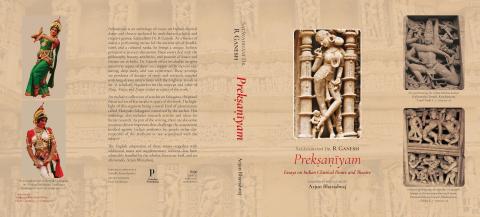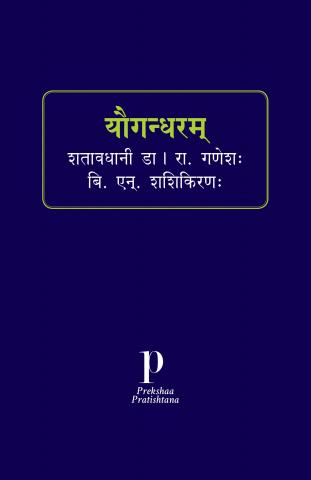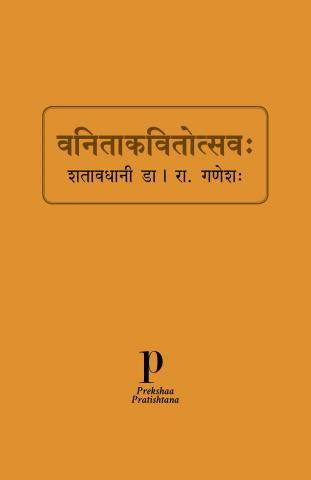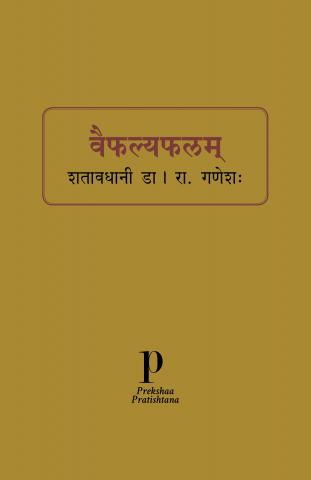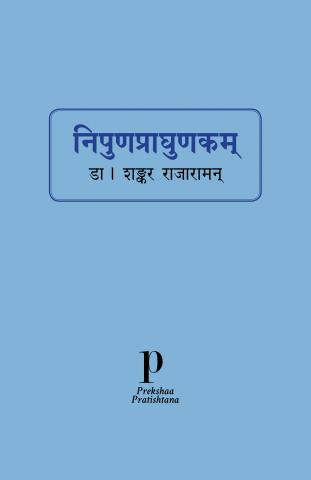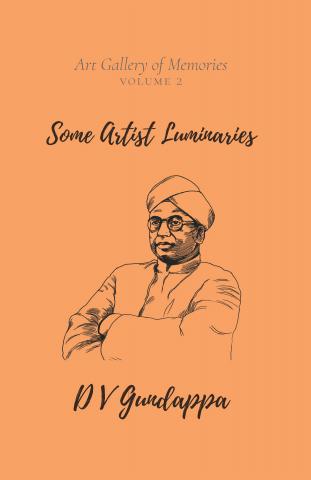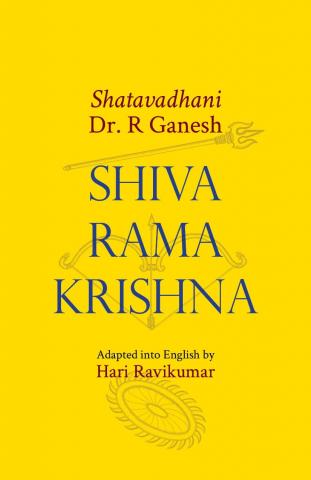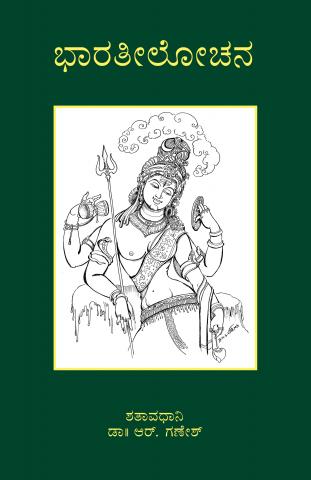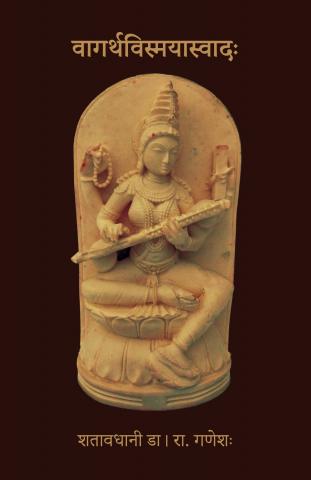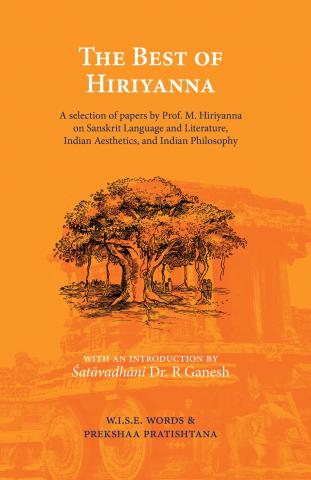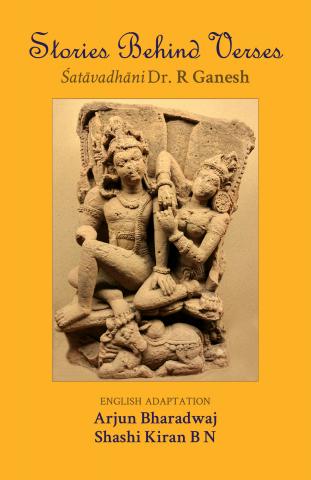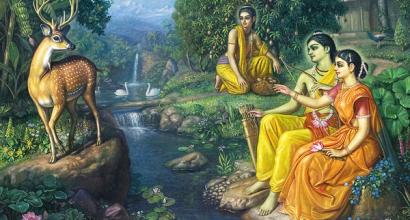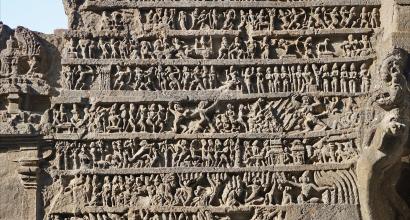The playwright has displayed his special calibre in compressing the events of an epic into a play, just as he has done in the Mahāvīracarita; in merely a single scene[1], he has effectively condensed all aspects of the first part of the epic of Rāmāyaṇa. The story of the rest of the play is suggested through the dialogue between the naṭa and the sūtradhāra. However, just as in the Mahāvīracarita, Uttara-rāma-carita is also heavy with dialogues; it almost feels like conversations overpower the flow of the story. The play is full of poetic descriptions as well. Nevertheless, we must say that Uttara-rāma-carita scores over Mahāvīracarita on all counts. Here, we see the poet’s pariṇata-prajñā (7.20) – maturity and refined skill.
Though the story is centred around kṣattriyas, most of it takes place in the dhārmic environs of the ṛṣyāśramas just as in the Abhijñāna-śākuntala and Mahāvīracarita. Vālmīki, Janaka, Arundhatī, Gaṅgā, Godāvarī, Vāsantī, Ātreyī, and others take the lead roles and contribute much to the story. It is in such environs that the twelve-year-long satra of Ṛṣyaśṛṅga and the earlier part of Rāma’s aśvamedha take place.
The poet has composed the play intending to have karuṇa-rasa as the focal point. We cannot imagine a better choice for a topic to evoke karuṇa-rasa from the purāṇic themes. Let alone the details connected with a valorous male character like Śrī-rāma; let us just look at Sītā – she was Janaka’s daughter and Śrī-rāma’s wife; her young twin children are gems. But what did Sītā undergo? Life in the forest, false accusations, and pain. Looking at her agony, the earth gapes out of empathy. She enters the earth and returns to her abode of peace. Sītā and Rāma are the ideal woman and man; they too underwent a lot of trouble. Thus, we must realise that life is an undecipherable quandary. The poet has tried to make this painful story even more disquieting. In his play, Sītā is not under the care of the tāpasīs of Vālmīki’s āśrama during her pregnancy; unable to bear her mental agony combined with her labour pain, she jumps into the river Gaṅgā and gives birth to children there. Rāma constantly thinks of Sītā as he leads his life separated from her; he thinks of her while performing all his activities; her memory gets triggered whenever he sees different objects; he blames himself for his cruelty and admonishes his own acts.
The play is filled with sorrow – just as it is hard to bear the pain, it is difficult to escape from it as well.[2] Rāma, Sītā, Kausalyā, Janaka, and others undergo different kinds of suffering.
eko rasaḥ karuṇa eva nimitta-bhedād
bhinnaḥ pṛthak pṛthagivāśrayate vivartān |
āvarta-budbuda-taraṅgamayān-vikārān-
ambho yathā salilam-eva hi tat-samagram || 3.47
Karuṇa is the only (true) rasa, and manifests itself in various ways due to a diversity of causes; it undergoes different variations, just as water assumes different forms such as eddies, bubbles, and waters – it is all, nevertheless, but water.
In the last act too, adbhuta-rasa dominates over karuṇa-rasa; however, just like the story of Hariścandra, the story ends on a positive and peaceful note, and such an ending, in a sense, is not conducive to karuṇa-rasa; if joy and comfort are guaranteed towards the end, the pains that precede them lose their intensity; if on the other hand, the story is to end on a painful note, all the joys that the play presents will have a shade of bitterness. The story of Rāma that we see in the Uttara-kāṇḍa is an example of this. When we know that Sītā goes back into the earth, and Rāma ends his life by entering the river Sarayū, can we appreciate their moments of familial pleasure and prosperous rule?
We may safely say that Uttara-rāma-carita is the only play in Sanskrit literature which has karuṇa as its primary rasa; it appears like the playwrights and aestheticians of that era had accepted that karuṇa can be one of the aṅgi-rasas of a play. An adage famous among scholars goes – uttare rāmacarite bhavabhūtirviśiṣyate – Bhavabhūti excels in his Uttara-rāma-carita. If we are to understand the adage as an indication of Uttara-rāma-carita as the best of Bhavabhūti’s plays, we can wholeheartedly accept the declaration. If the statement is trying to indicate that Bhavabhūti scores over every other playwright, there will surely be notes of dissent.
To be continued ...
The current series of articles is an enlarged adaption of Prof. A. R. Krishnasastri's Kannada treatise Saṃskṛta-nāṭaka. They are presented along with additional information and footnotes by Arjun Bharadwaj.
[1] Compare this with the idea of a painting that we see in the Dūtavākya
[2] anirbhinno gabhīratvād-antargūḍhaghanavyathaḥ|
puṭa-pāka-pratīkāśo rāmasya karuṇo rasaḥ||- Act 3, verse 1
Rāma’s feeling of sorrow, which does not break out on account of its gravity but which causes poignant pain inside, is like the boiling (of a drug) in a closed pot




